In the January Vision edition of Genetic Engineering & Biotechnology News Magazine, I had the opportunity to discuss how Nexcelom is at the leading edge of development of technologies used to advance immunotherapy research (check it out here!).
What is Immunotherapy?
Immunotherapy is a diverse and broad catch-all for any treatments and therapies that utilize the patient’s own immune response to mount a defense. These include CAR and TCR T cell therapies, checkpoint inhibitor therapies, cancer vaccines, and antibody therapies. Ultimately though, the goal is to redirect or stimulate the immune system of a patient to attack the cancer cells, leave the healthy cells in the body intact, and minimize side effects during treatment.
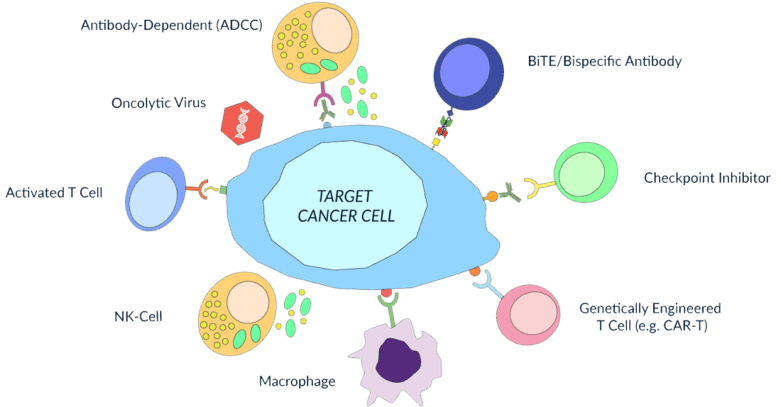
When scientists and clinicians are trying to identify potential new therapeutic candidates, a comprehensive array of experiments have to be conducted in order to determine whether that therapy has efficacy. These assays are meant to help answer a variety of questions, for example:
Killing/Cytotoxicity assays:
- What is the specificity of the antitumor activity?
- What is the potency of the antitumor activity?
- Will the negative controls lead to non-specific killing?
- What is the difference in response between target and off-target cells?
- How can we optimize the conditions for these therapies?
T Cell Proliferation assays:
- When we harvest patient immune cells, are we able to trigger them to reproduce and increase the therapeutic dosage?
- Are these T cells even alive and able to exert therapeutic activity?
- What’s the best way to monitor the growing cells in culture?
To address many of these common questions, Nexcelom offers image-based cell screening systems that enable the discovery, development, and manufacturing of immunotherapy products, from benchtop to patient.
Streamline your immunotherapy research workflow
The Cellaca high throughput cell counting platform enables rapid viability and concentration analysis of your cell samples. . It assesses 24 samples at a time in 3 minutes or less, crucial when working with many different patient samples (watch the video here). The Cellaca is a perfect solution to a cell counting bottleneck, something many labs in research and development routinely encounter.
When looking to monitor in vitro efficacy of immunotherapies, the Celigo live cell imager is a robust screening tool.
Celigo can conduct complex and kinetic culture assays to answer numerous questions about the efficacy of a potential immunotherapy. I recently presented a technology webinar that highlighted some of the cutting-edge research that is being conducted on Celigo in the field (watch it here).
Equipped with 5 imaging channels (bright-field and 4 fluorescent colors), it is routinely used to monitor kinetic viability, cell health, killing, and immunofluorescence-based assays in the context of immuno-oncology research. Because it can image any standard culture plates (6-well to 1536-well plates), suspension cells, adherent cells, and 3D culture models, it is extremely versatile and can be used for a diverse array of different experiments. One of the most commonly conducted assays on Celigo are killing assays, where we can monitor both dose-dependent and time-dependent killing effects of potential immunotherapies on target cells.
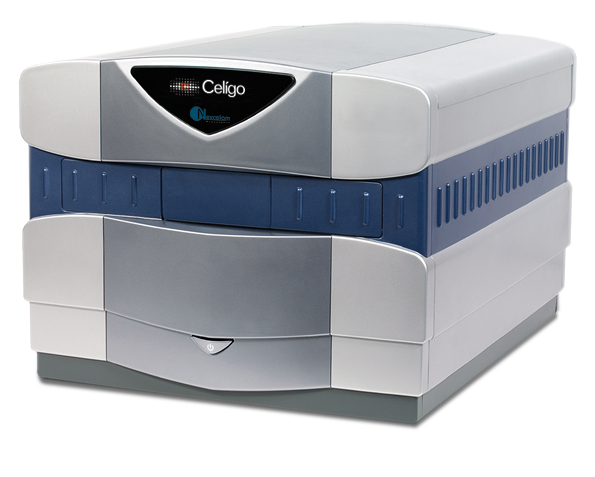
Celigo live cell imager
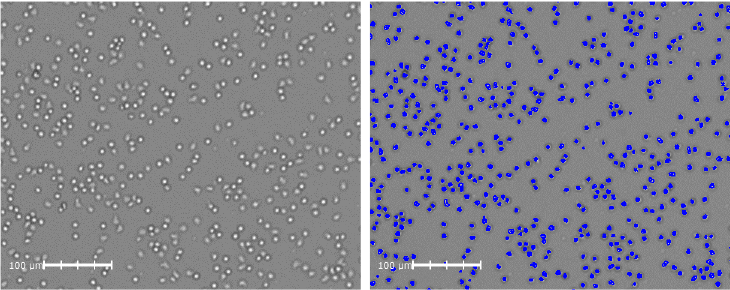

Taken together, Nexcelom Bioscience offers a product portfolio that can be used as a streamlined solution to facilitate your immunotherapy research workflow, from early discovery to manufacturing.
Want to learn more? Check out our library of informational webinars!
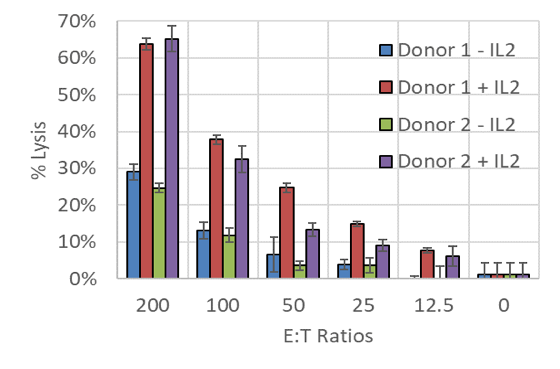

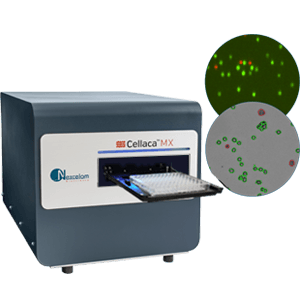


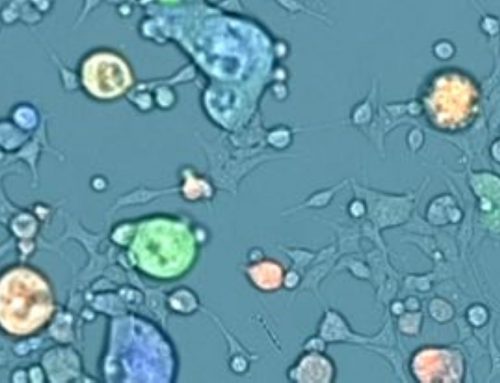


Exciting!
Fascinating